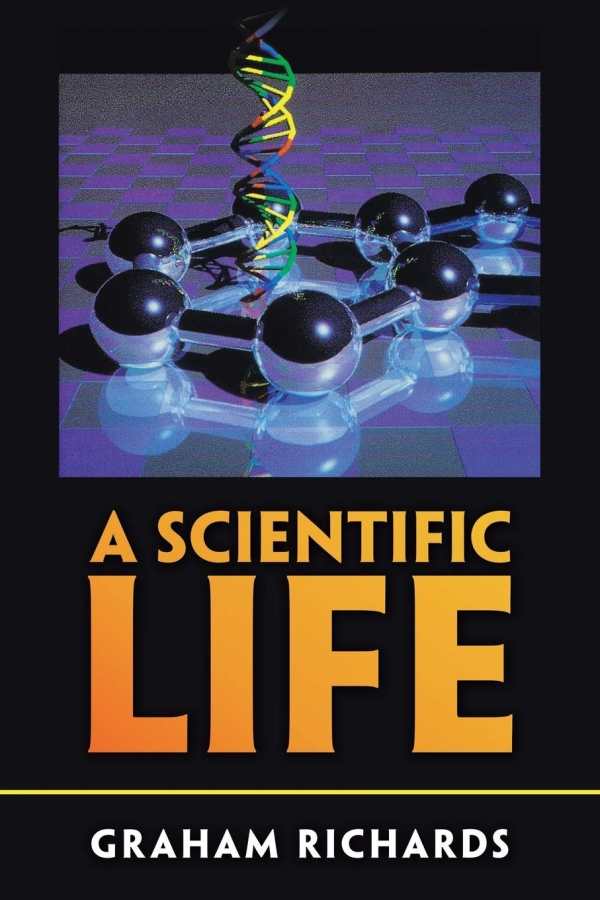It looks like you've stumbled upon a page meant to be read by our code instead of viewed directly. You're probably looking for this page.
A Scientific Life
A Scientific Life covers a fascinating period in the history of academia from an insider’s perspective.
Graham Richards’s detailed memoir A Scientific Life recalls rapid, dramatic changes within British universities during the late twentieth century, crediting them to increasing computer power and the shifting probusiness focus of the government.
As a professor, researcher, and administrator at Oxford, Richards was an early adopter of computer technology, which he used to enhance his research in the field of chemistry. He recalls that the invention of molecular imaging software initiated computer-aided drug design, though the processes were still in their infancy. He also records how academics competed for precious time with supercomputers, which at one point took up entire floors of buildings.
Fascinating descriptions of innovations like distributed computing (a virtual solution to time and space limitations on computational processes) come in, as do accounts of how Richards and his colleagues developed a screen saver program that used computer downtime to create a virtual supercomputer, screening billions of compounds to search for possible pharmaceutical treatments for deadly diseases.
Meditating on the conflict between pure science and applied science, Richards comes to argue that pure science can benefit from the financial support of the business community, just as the business community can turn the theories and innovations of pure science into profit. In Great Britain, he writes, the conflict came to a head during the Thatcher era, with policies that allowed academics to collaborate with venture capitalists, or that granted universities intellectual property rights in research products (with the condition that the universities establish mechanisms for exploiting those products for profit). Some light humor is introduced regarding the naiveté of academics when it comes to understanding the motivations of venture capitalists.
The book is organized much like a curriculum vitae, with chapters titled “Junior Fellow,” “Lecturer,” “Funding,” “Administration,” and so forth. This pattern means that each chapter begins afresh in its era, moving from the 1960s through the 1980s and toward the present day. But it also means that chapters retreat to earlier eras to establish their framework. This arrangement fragments the memoir’s arguments and picture of how the academic world became intertwined with business, and ultimately dilutes its efforts at foreshadowing coming events.
Academic in tone, the text gives frequent credit to Richards’s graduate students, coauthors, research assistants, and colleagues; they aren’t characterized beyond their contributions, though. A staggering number of projects and people are included throughout, and this heft of information becomes a drag on the book’s progression. The narrative is weighted toward summarizations; there’s little in the way of physical action or sensory details. This is a book in which important things happen, but in which human interactions are limited.
Covering a fascinating period in the history of academia from an insider’s perspective, A Scientific Life is more a history than a memoir; it shows how technology, motivated by profit, transformed the world of pure science.
Reviewed by
Michele Sharpe
Disclosure: This article is not an endorsement, but a review. The publisher of this book provided free copies of the book and paid a small fee to have their book reviewed by a professional reviewer. Foreword Reviews and Clarion Reviews make no guarantee that the publisher will receive a positive review. Foreword Magazine, Inc. is disclosing this in accordance with the Federal Trade Commission’s 16 CFR, Part 255.
